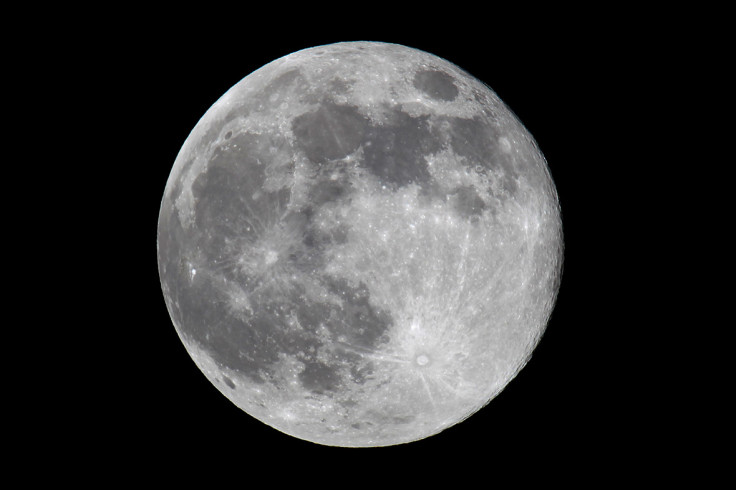Space 3D Printer Could Use Moon Dust

This week the first 3D printer to be launched into space docked at the International Space Station, but the company behind the initiative is already thinking far beyond that – it wants to print using moon materials.
3D printing could have a revolutionary affect on space travel, with astronauts capable of printing key tools and parts instead of waiting for resupply ships. It will be both cost- and time-efficient.
But this first 3D printer, which reached the ISS on the latest SpaceX resupply mission, is just the pilot test.
Down the line, Made In Space is eyeing self-sustaining space 3D printing, where astronauts can use the materials from asteroids and other planets as the basis of the product they're producing.
In the video Made In Space CEO Aaron Kemmer says his company is testing moon dust simulate in the printers specially designed for the ISS.
They may be preparing for that eventuality, but first Made In Space, NASA, SpaceX and all the other organisations with an interest in space manufacturing, need the inaugural 3D printer to work.
3D printing in space is complicated: the lack of gravity causes problems for the printing process, including convection complications, and then of course there's the emitted noxious gases which won't work so well in the sealed environment of a space station.
Made In Space's microgravity is seen as the solution, with NASA signing off on both its safety and integrity.
But just how effectively it serves the 3D printing process in space will determine how fast agencies develop the technology, and how soon we'll be using moon rocks and dust to make things.
The 3D printer now in residence at ISS was due to be launched last month, but take-off was delayed for a myriad of reasons.
Last week Kemmer said: "Today, we're all here waiting for a rocket to launch. We were waiting yesterday—and we might be waiting until Tuesday or Thursday.
And this is the problem with the way we do space missions. With our printer, we are changing that. No longer do you have to say, 'I hope that rocket launches, because those astronauts really need that fix.'"
After this one comes a second-generation printer – Additive Manufacturing Facility – that's bigger and better able to use strong materials.
Success begets success, and before long we may have astronauts living off of alien land, using out-of-this-world minerals and materials to 3D-print whatever it is they need.
© Copyright IBTimes 2025. All rights reserved.





















